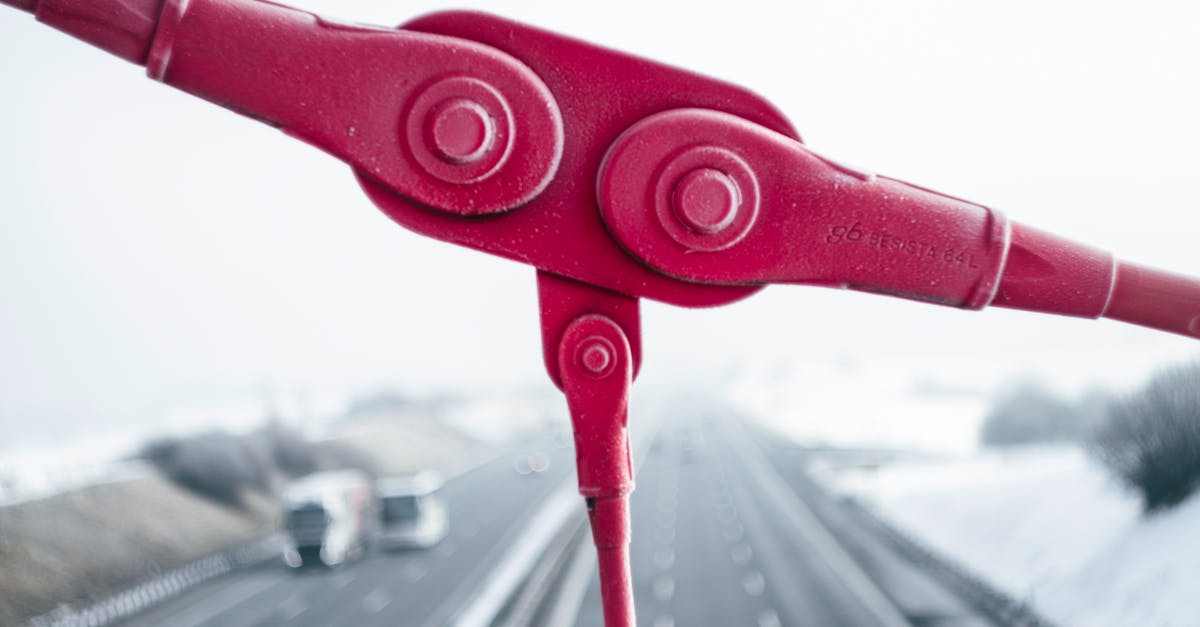
What does a cold air intake do for my truck?
A quality blower system and a quality intake system are both important components of a well-tuned engine. A properly functioning intake system will route fresh air into your engine and keep the elements out, so you can enjoy a longer life and increased fuel economy.
When the temperatures outside get cool, a cold air intake can prevent condensation from building up on the engine’s intake system, which can lead to corrosion and damage to your engine. A traditional intake system works by routing engine coolant through a heat exchanger that’s placed in front of the engine.
As the engine warms up, the coolant’s temperature rises, which allows for a more efficient engine. A cold air intake system works in much the same way, but instead of relying on coolant, it uses outside air to cool the engine. This allows for increased airflow to the engine, resulting in increased horsepower and torque.
What does a cold air intake do for a truck?
A properly functioning cold air intake can increase engine efficiency by 5-15%. This increase is due to minuscule amounts of water condensation in the intake air.
This added moisture cools the intake air slightly, helping to freeze any engine-damaging rust that may have made its way into the system. A cold air intake is designed to bring in cooler, less-dense air. As you know, warm air holds more moisture than cool air, which means the moisture in the air could potentially condense and form water droplets in the engine.
That’s bad news for your engine because it can cause rust, corrosion, and premature wear and tear.
What is a cold air intake for trucks?
A cold air intake is a system that routes fresh, cool air from outside the engine into the intake ducts. When the engine is running, warm, humid air from inside the cabin is drawn into the engine. A cold air intake system routes in new, cooler air that works to reduce the engine’s heating and cooling load, allowing your engine to run cooler.
A cold air intake is essentially a tube that runs into your truck from below your engine. It’s designed to route intake air to the engine by cooling it down as it passes through the tube.
Cooler intake air allows your engine to run more efficiently, improving fuel economy and allowing your engine to produce more horsepower.
What does a cold air intake do for my truck lift?
A larger air intake allows your engine to draw in more air, which increases the amount of fuel your engine can burn. This is a direct correlation between the size of your air intake and how much extra horsepower and torque your truck will make.
A larger intake will also help your truck run cooler, which will allow you to run your vehicle longer without having to stop to cool off. A cold air intake has a direct impact on your vehicle’s ground clearance. A taller air intake allows for increased air intake, which in turn allows for a taller engine. When you increase the air intake, your engine will run at a higher RPM.
This will increase your engine’s power output and torque.
What does a cold air intake do for my truck at night?
Have you ever woken up to a chilly morning spent under the covers because your car wasn’t cooled off enough the night before? A cold air intake helps keep your engine cool when you’re running at night, which helps reduce carbon dioxide emissions and extends the life of your engine — especially if you frequently use your car for work.
When you think of a cold air intake, you might automatically think of its effect on engine cooling. However, there is another effect a cold air intake has on your vehicle at night. Cooler air reduces the density of the air and therefore the amount of energy needed to heat it up.
Cooler air also means less moisture. The combination of cool air and less moisture means that you will have a better night vision when driving.






